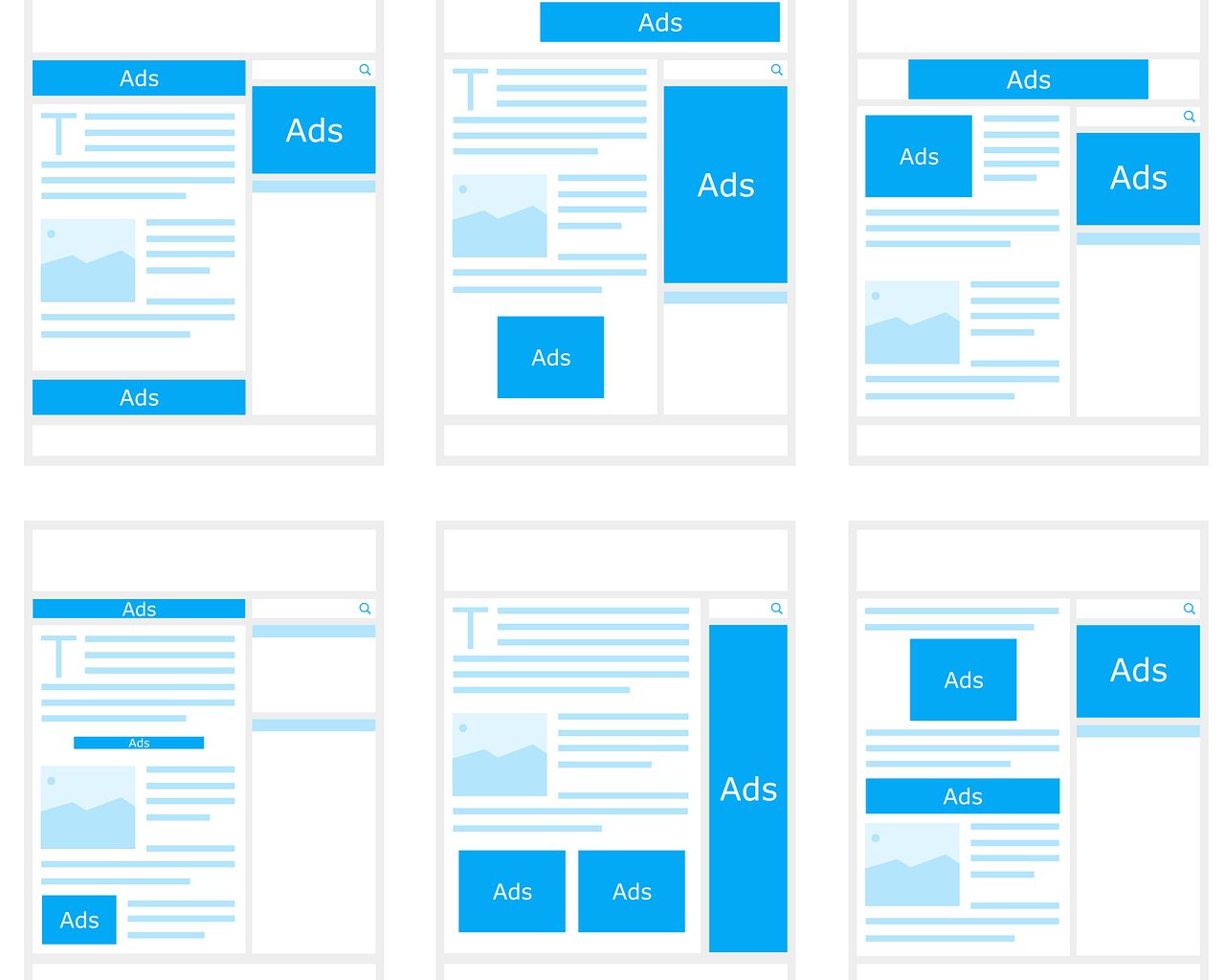Responsive ads and display ads are two types of online advertising that are used to reach and engage potential customers. Both types of ads have their own unique features and benefits, and they can be used in different ways to achieve specific marketing goals. (Also Read: I Want to Start a Business But Have no Idea)
Responsive Ads vs Display Ads
What are responsive ads?
What are display ads?
What are the similarities between responsive and display ads?
Both responsive ads and display ads can be used to promote a wide range of products and services, including physical goods, digital products, services, and more.
Both responsive ads and display ads allow advertisers to target their ads to specific audiences based on a variety of factors, including age, gender, location, interests, and more. This allows businesses to reach the right people with their ads and increase their chances of success.
Both responsive ads and display ads can be used to drive traffic to a specific website or landing page, where users can learn more about a product or service and potentially make a purchase.
Both types of ads can be used to generate leads or sales for a business. By persuading users to perform a particular action, such as filling out a form, subscribing to a newsletter, or making a purchase, responsive ads and display ads can both generate leads or sales for a business.
Both responsive ads and display ads can be tracked and measured using tools such as Google Analytics, allowing advertisers to see how their ads are performing and make changes as needed to improve their results.
What are the differences between responsive and display ads?
Formatting and size: Responsive ads automatically adjust their size, appearance, and formatting to fit different devices and screen sizes, while display ads are typically created in a specific size and format.
Placement: Responsive ads can be placed on any website or app that supports Google’s responsive ad formats, while display ads are typically placed on specific websites and apps that have agreed to display them.
Targeting: Responsive ads can be targeted to specific audiences based on factors such as demographics, interests, and behaviors, while display ads can be targeted based on the specific websites or apps where they are displayed.
Functionality: Responsive ads are designed to be functional on any device, while display ads may not be optimized for certain devices or screen sizes.
Effectiveness: Responsive ads tend to be more effective at reaching and engaging with users on a wide range of devices, while display ads can be more effective at driving brand awareness and engagement with specific target audiences.
Ultimately, the best type of ad for a particular campaign will depend on the specific goals and needs of the advertiser. Both responsive ads and display ads have their own unique features and benefits, and they can be used in different ways to achieve specific marketing goals.
What are the general advantages of both responsive and display ads?
Responsive ads automatically adjust their size, appearance, and formatting to fit different devices and screen sizes, making them more effective at reaching and engaging with users on a wide range of devices.
Responsive ads are typically created using Google’s responsive ad formats, which allow advertisers to create a single ad that can be used across multiple ad sizes and placements. This can be more efficient and cost-effective than creating separate ads for different sizes and placements.
Responsive ads can be targeted to specific audiences based on factors such as demographics, interests, and behaviors, allowing businesses to reach the right people with their ads.
Responsive ads can be tracked and measured for effectiveness, allowing advertisers to optimize their campaigns and improve their results.
Advantages of display ads:
Display ads can be used to drive brand awareness and engagement with specific target audiences.
Display ads can be targeted to specific websites or apps, allowing businesses to reach users who are interested in specific types of content.
Display ads can be used to drive traffic to a specific website or landing page, where users can learn more about a product or service and potentially make a purchase.
Display ads can be tracked and measured for effectiveness, allowing advertisers to optimize their campaigns and improve their results.
Overall, both responsive ads and display ads are powerful tools that can help businesses reach and engage with potential customers online. While they have some differences in terms of formatting, placement, and functionality, they both serve the same basic purpose of promoting products or services to targeted audiences. (Also Read: What is Auction Insights in Google Ads)












